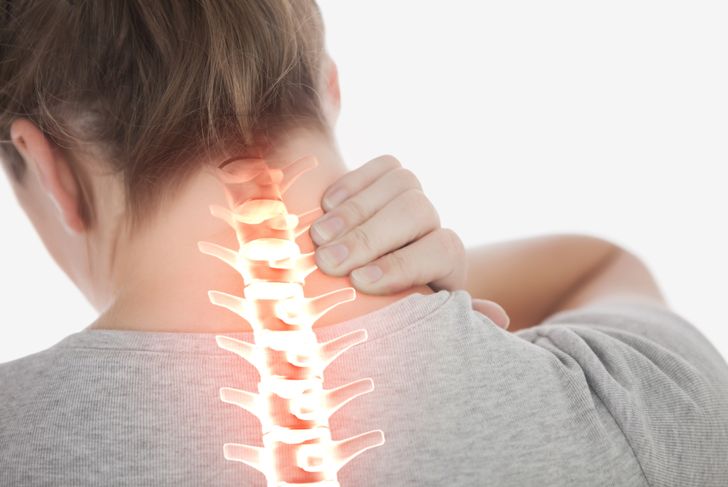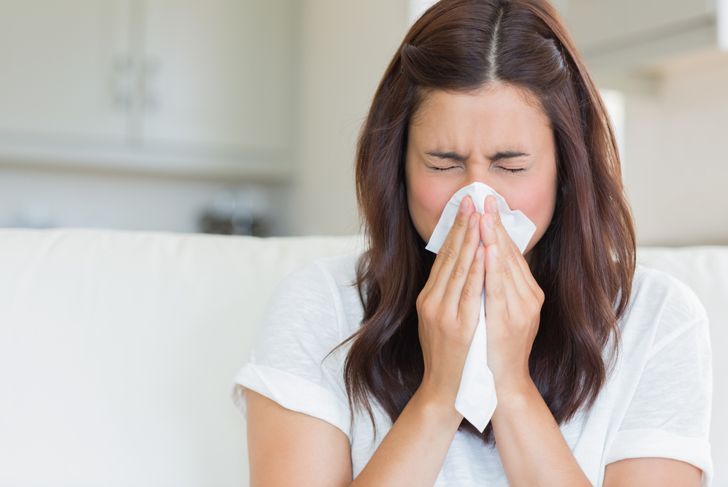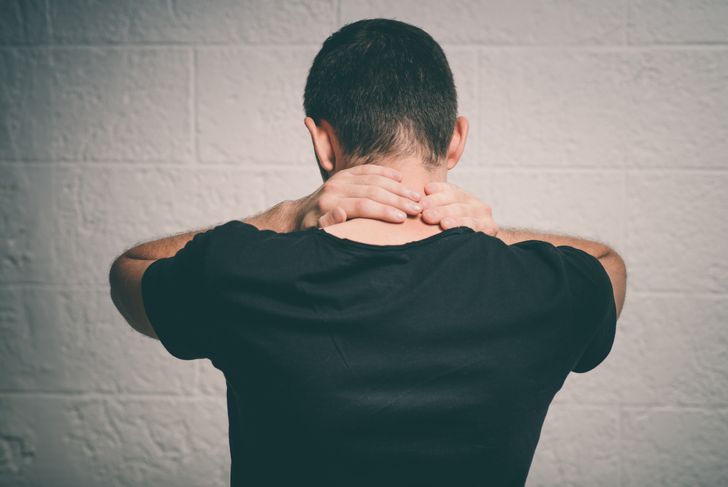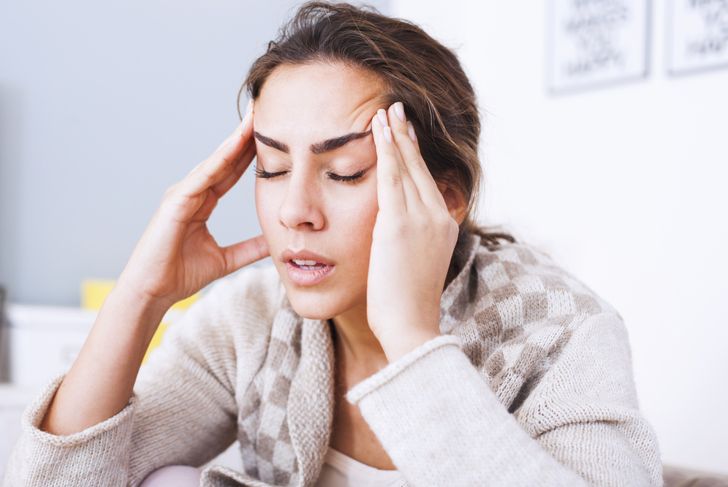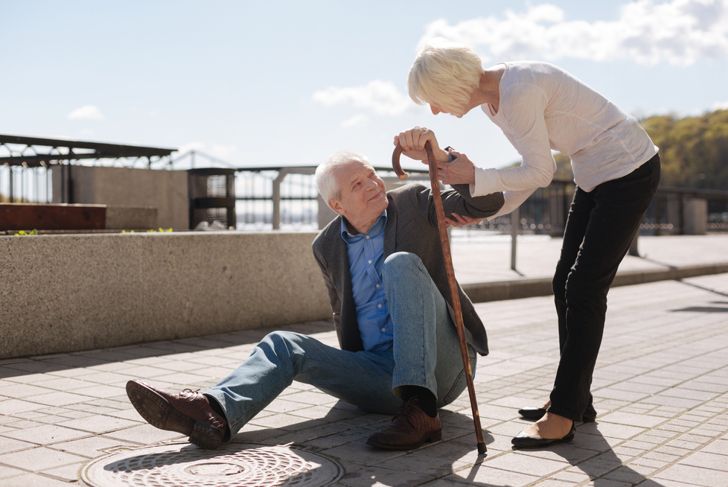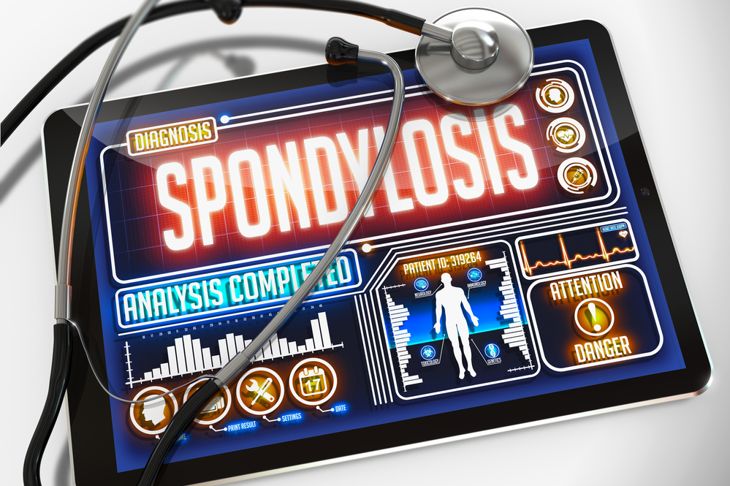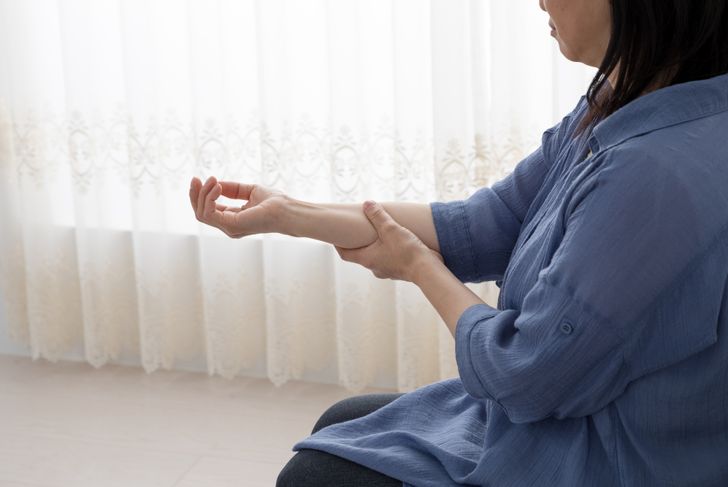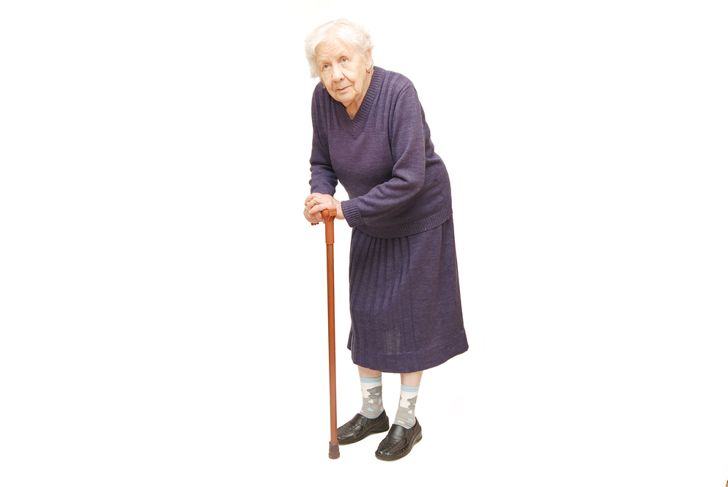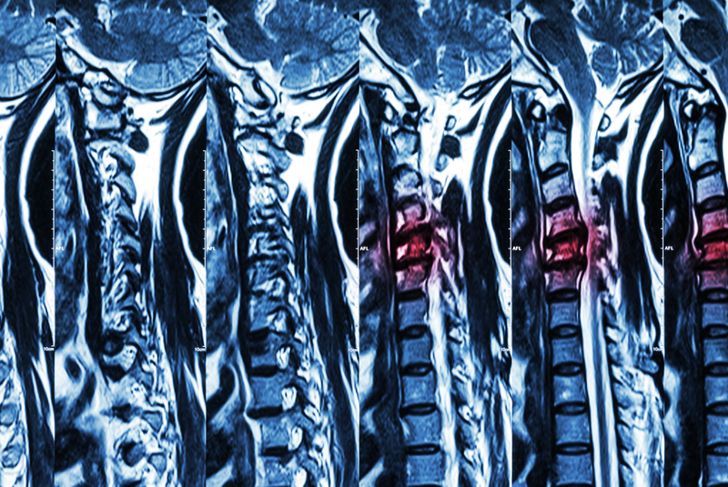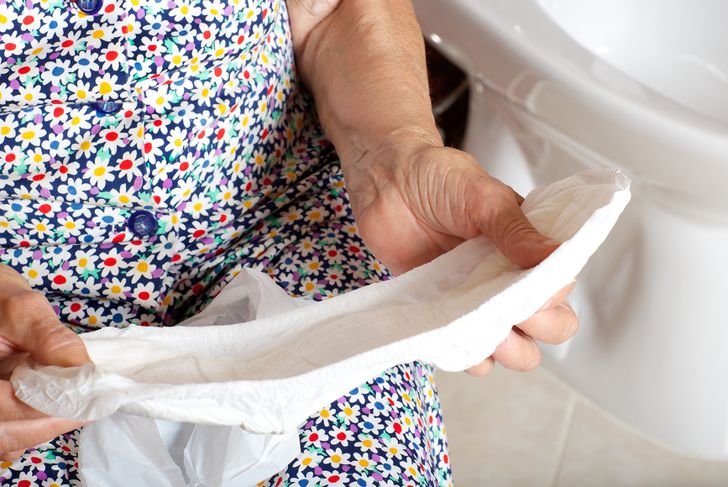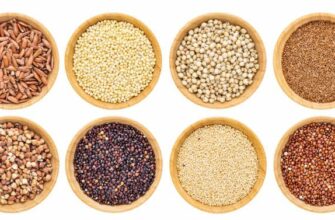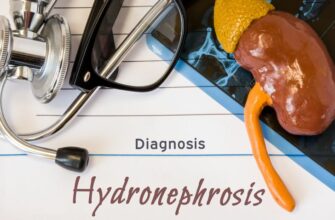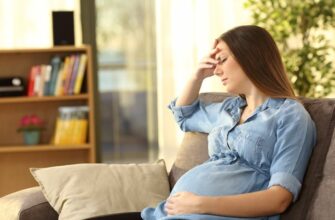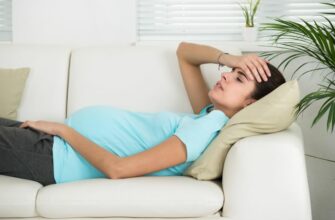Doctors consider Cervical Spondylosis (CS), a deterioration of the spine, to be part of the regular aging process. It is a type of arthritis that appears in the spine in later years. Research reveals that over 90% of retirement-age people have some degree of the disease, but many of them do not have any symptoms of cervical spondylosis. In addition to age, research suggests that hereditary factors increase the risk of developing CS. The risks also increase after a serious sporting injury or traffic accident. Doctors identify this disease by examining the shape of the spine for abnormalities.
Pain in the Neck
CS can be a “pain in the neck.” Anyone who knows basic Latin recognizes that this term derives from “cervix,” which is the Latin word for the neck. The level of pain in the neck or lower back varies between cases from slight to very severe. Sometimes the pain becomes aggravated when the neck is kept in the same position for a while, for example, while watching a film. However, a good rest normally brings a measure of relief.
Relation Between Pain and Certain Activities
People with CS discover links between bouts of pain and certain activities. While movements of the neck may be the most obvious pain trigger, there are also many others. Some find that even laughing, sneezing, or coughing causes pain. Others suffer more severe pain after walking a short distance. As you might expect from the arthritic nature of this illness, these pains can build up slowly or come on all of a sudden, with a level of severity that can vary.
The Neck Becomes Less Mobile
Stiffness often comes along with pains in the neck, and this is most common at the start and end of the day. In some cases, patients describe how they find it hard to bend their neck or turn it around. Since we make these movements all the time without giving any thought to them, it is very disturbing to have this freedom of movement limited. Sometimes people may hear a grinding noise when they do try to move their necks. This symptom interferes with their ability to drive safely and perform other daily activities, but rest can help.
Pain in the Head
Besides being a real “pain in the neck,” cervical spondylosis also causes headaches. These normally begin above the point where the neck joins the head and then spread to the forehead. Since so many people get headaches now and again, this cannot provide conclusive proof. With this in mind, the way the headache travels is a sign. Also, if this person also feels neck pains and stiffness, it makes it that much more likely that there is some link with these periodic headaches.
Weakness of the Limbs
Some people with cervical spondylosis find that it becomes more difficult for them to raise their arms. Or, it might become harder to grip an item tightly with the hand or make other types of movements. Tests of muscle weakness are one of the methods that help doctors detect a patient with CS. Weakness and a feeling of heaviness in the legs also sometimes occur, and they can make it harder to walk. Patients also report difficulties with such simple tasks as fastening the buttons on their shirts.
Numbness
Everyone experiences pins and needles from time to time. Typically this tingling sensation and lack of feeling in hands or legs happen after you’ve been sitting with little movement for a long time. If a person has CS, irritation of the spinal nerve may also set off a pins and needles attack. Usually, this experience is considered not enough to warrant mention to a doctor. Frequent feelings of numbness in arms, shoulders, and legs should be brought to their attention.
A Sharp Pain Down the Arm
One of the more serious types of CS is known as cervical radiculopathy (CR). This can occur if someone suffers from a slipped disc or an accident causes a bone to press against a nerve. Pain shooting down the arm towards the fingers is the most common sign of CR. In a small number of cases, this pain can become a chronic issue, but it’s more common to take the form of a sudden flare-up.
Loss of Balance
This ranks high on the list of the worst cervical spondylosis symptoms. Thankfully, it only occurs in a small number of cases. The aging process also affects balance, and other more potentially dangerous health issues have an impact in this area. Besides generating all kinds of fear, loss of balance easily leads to accidents so whatever the cause the doctor needs to know about it.
Muscle Spasms
Some patients with cervical spondylosis also experience muscle spasms in the region of the neck and shoulders. Understandably, they find this shuddering of the body very worrying and will seek urgent medical care. When a doctor carries out physical and brain tests on the patient, they keep a lookout for these spasms. Along with signs of inflammation and other spinal defects, they help them reach an accurate diagnosis of CS.
Incontinence
There can be few doubts that incontinence of the bladder and bowels is one of the most embarrassing of the symptoms of CS. The good news is that it’s one of its less common symptoms. It might happen as a result of unusual pressure on the spinal cord. This interrupts normal communication between the brain and various organs of the body. The link between aging and incontinence makes it harder to know for sure the source of the problem in older adults. Only through examination can the doctor determine if this is more than an age-related incontinence issue.

 Home
Home Health
Health Diet & Nutrition
Diet & Nutrition Living Well
Living Well More
More